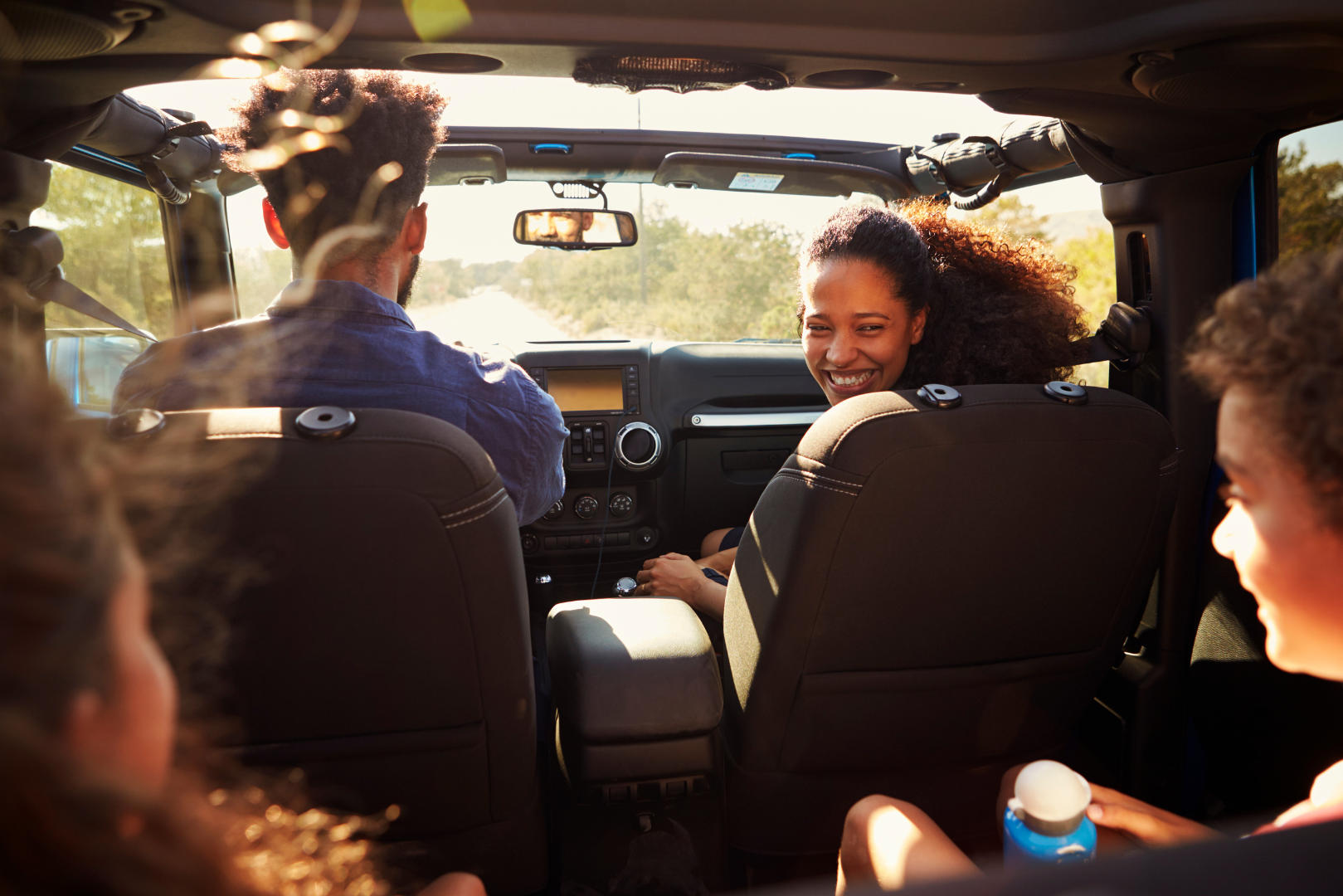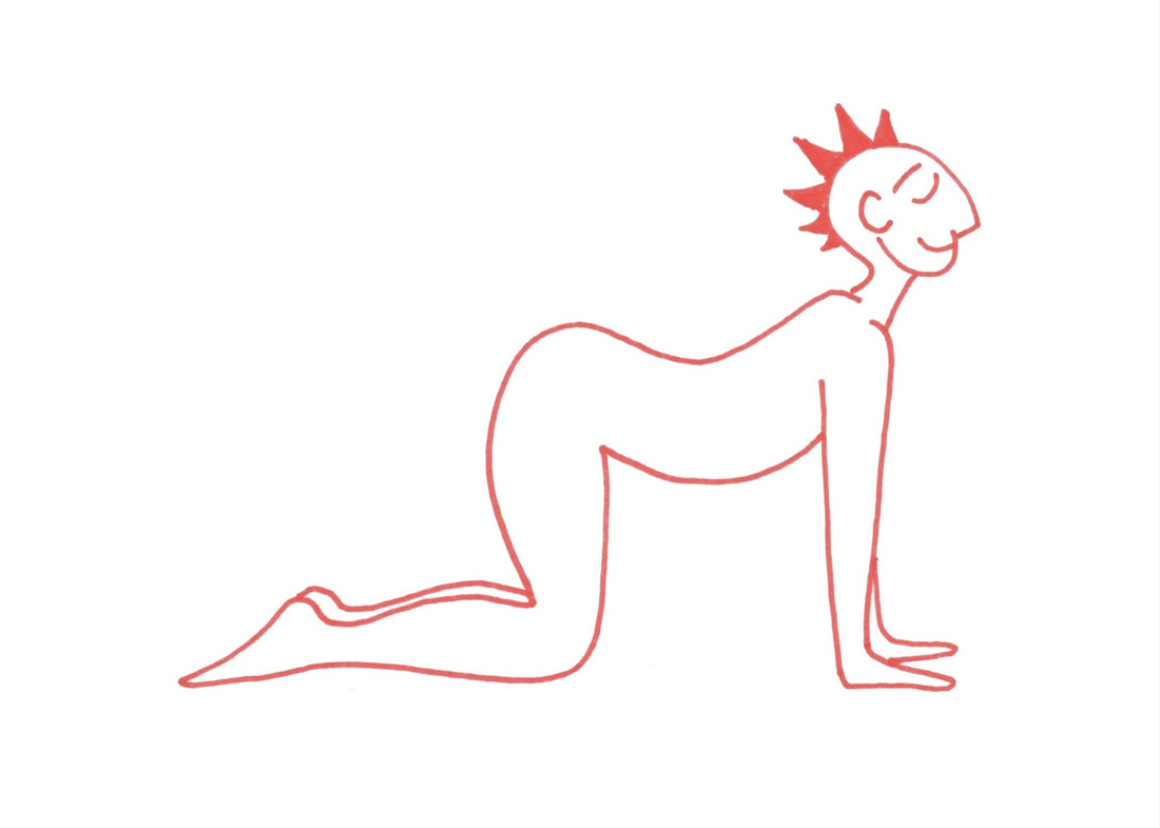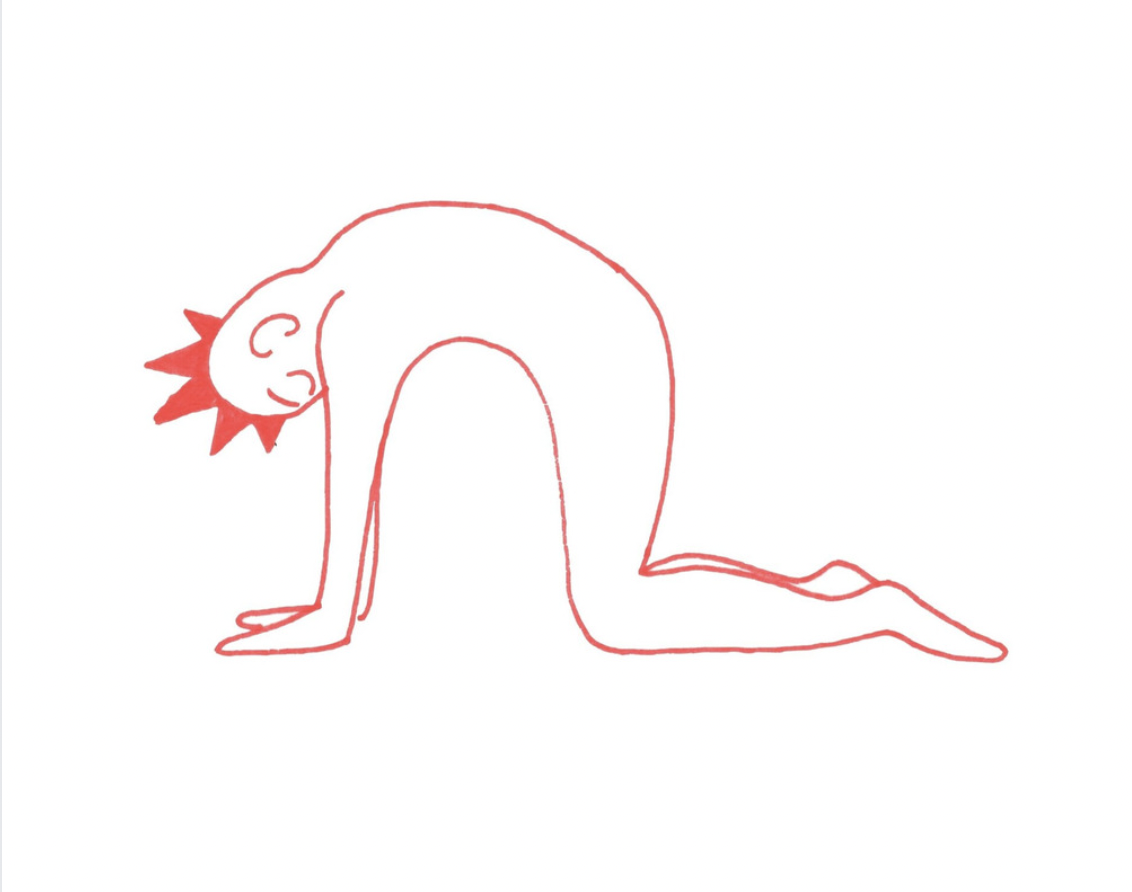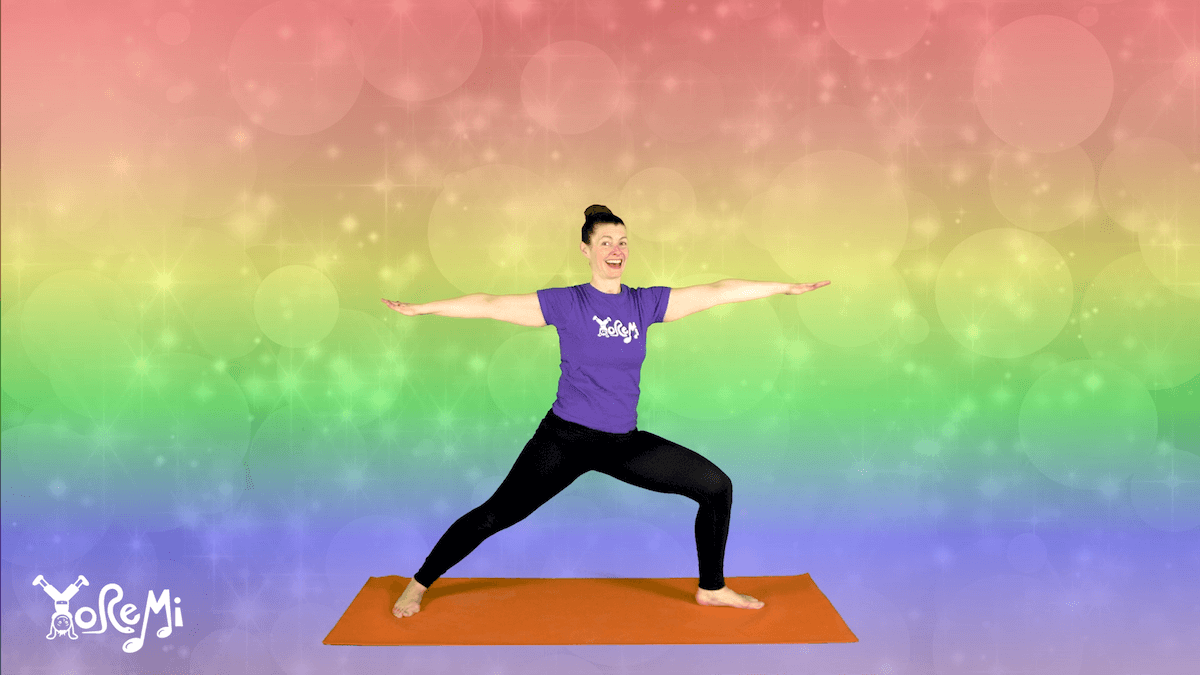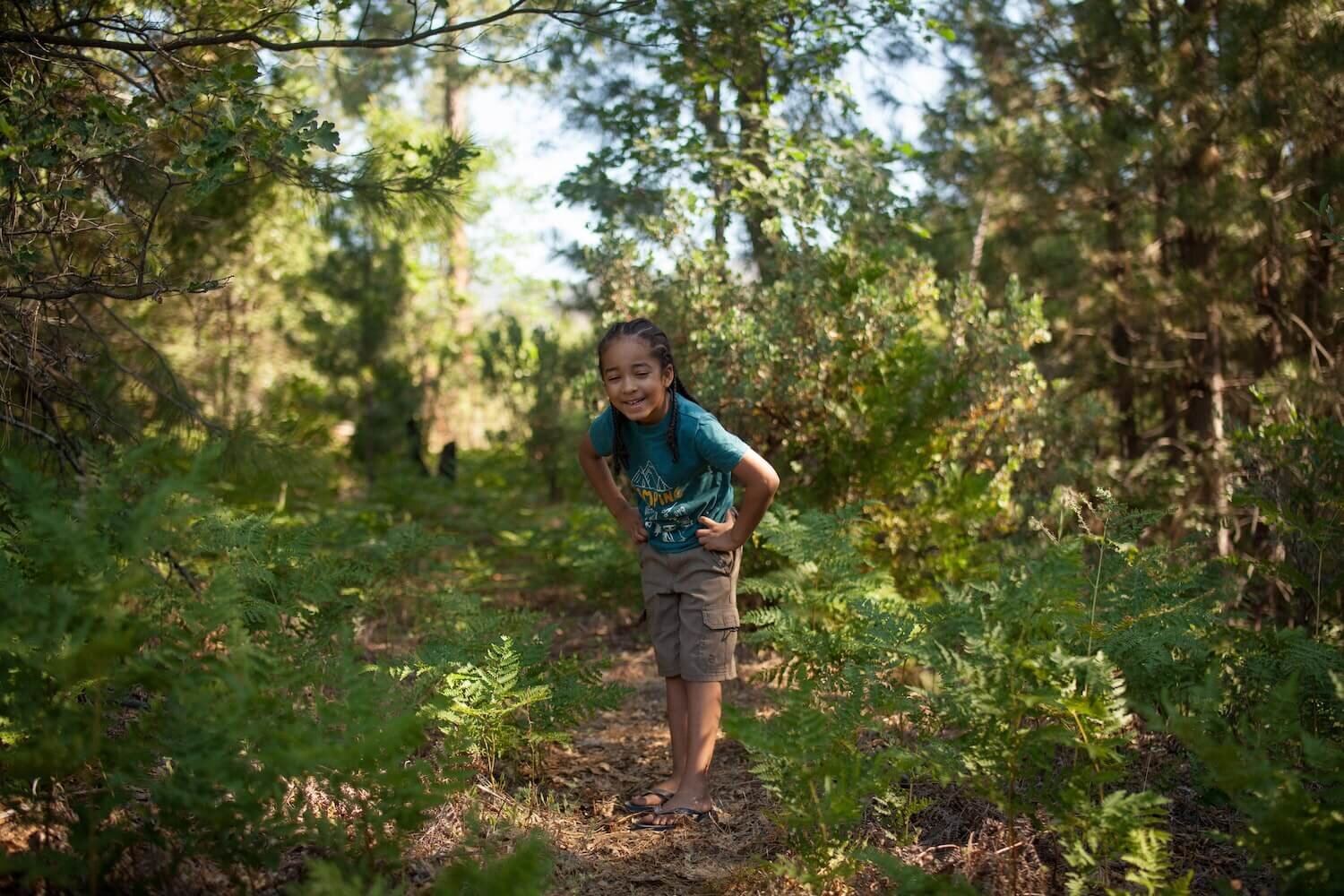Anti-Racism Resources for Kids and Their Grown-ups
Recent protests surrounding the killings of George Floyd, Ahmaud Arbery, Breonna Taylor, and countless other Black people, have reignited calls for systemic change and action against racism and injustice. It has left many grown-ups struggling with internalized racism, feelings around their own upbringings and the prospect of raising children in an unjust world.
As parents, educators and children’s yoga professionals, we recognize it is imperative we educate ourselves and our students about racism in our society.
A question that comes up often, especially among white teachers and parents is “Isn’t it too early to talk about race and racism?” or “Isn’t this discussion developmentally inappropriate and potentially harmful for preschoolers?”
The answer to both questions is no.
Multiple studies have shown that children learn racism and bias at a very early age. A baby's brain can notice race-based differences as early as 6 months old and by ages 2-4, children can internalize racial bias.
Here are some ways I am continually educating myself about this critical and complex topic. I hope these organizations, books and other resources might help you along your own anti-racist journey.
1. Follow and Support Anti-Racism Organizations
There are many folks doing the daily work of educating young children, parents and educators about racial justice. Many are active on various social media channels so followers can listen, learn and join the discussion. Several of these organizations are non-profits so consider making a tax-deductible contribution to support their work.
Here are some of our favorite anti-racism platforms for parents and educators, and where to find them:
Woke Kindergarten, wokekindergarten.org
Teaching Tolerance, tolerance.org
Rethinking Schools, rethinkingschools.org
The Conscious Kid, instagram.com/theconsciouskid
2. Watch Anti-Racism Videos Together
The team at Sesame Street has been doing incredible and groundbreaking work to educate children about racism. Earlier this year, they teamed up with CNN to create the CNN Sesame Street Town Hall and schools across the country, including my son’s kindergarten, invited families to watch and discuss together.
The most important part of watching kids videos is the conversations they can spark.
Make it personal and memorable by talking to kids about what they learned, sharing your own struggles, and bringing an ongoing dialogue into everyday life. Talk about race at the dinner table and during family time. Perhaps have your child share or journal about what they have learned to check comprehension.
Discussions about race can bring up a lot of feelings and tension. Make sure both the adults and children take time for deep breaths and practice mindful listening. Use an object like a breathing ball to ensure people know whose turn it is to talk and that everyone is truly listening to each other.
Try This: Breathing Ball Share
Sit in a circle and and use the breathing ball to indicate whose turn it is to talk.
Share what you learned and lead a deep breath with the breathing ball, extending the exhale.
Pass the breathing ball around the circle. Invite each child to take a turn sharing what they learned and then lead the group through one inhale and exhale with the breathing ball.
Encourage children to breath along with each other and possibly even move their hands apart and together in coordination with the ball.
Take a few silent moments at the end for children to notice their breathing and any emotions that are present.
3. Read Children’s Books About Racism, Inclusion and Belonging
Stocking your home or classroom library with diverse and mindful books is a great way to start conversations about race with kids while supporting authors and publishers who are creating this important body of work.
For a budget-friendly option, many of these books can be found at your local library or you can watch read-alouds on YouTube. Here are some of our favorites:
Want more? Check out these wonderful curated book lists to get more ideas and recommendations.
Over the past few years, Yo Re Mi has partnered with Little Chairs, Big Differences Early Childhood Diversity Conference to provide yoga and mindfulness programming. It was there that I first heard the book “Skin Again” by bell hooks. It remains one of my absolute favorites and I love this read aloud version with many different voices.
4. Keep Learning and Listening: Anti Racism Resources for Adults
Learning doesn’t stop in childhood and the best way to raise anti-racist kids is to constantly engage in our own anti-racist journey. The resources listed above are for kids. Here are some resources for grown-ups!
Podcasts and audiobooks have become my biggest parenting hack. The minute I sit down to read, my kids seem to sense I am taking some “Mommy-time” and come running. If they are finally asleep, I am likely so exhausted I end up re-reading the same paragraph 20 times before nodding off myself.
But I have found I have tons of time to listen while cooking, doing yard work, exercising…it actually makes the never ending to-do list feel much more rewarding!
On my podcast rotation:
Anti-racism books and other resources for grown-ups:
Your Kids Aren't Too Young to Talk About Race: Resource Roundup from Pretty Good
New York Times Anti-Racist Reading List compiled by Ibram X. Kendi
There are so many incredible resources and I know it is easy to feel overwhelmed. The most important step of this journey is the first one.
If you need help getting started, pair up with a friend or join an established affinity group already doing this work. Community is helpful for both support and accountability.
Constructive White Conversations holds several virtual meetings via Zoom every week and many workplaces, faith communities and educational settings are creating support groups and meetings.
We will all continue to learn, and hold ourselves and each other accountable with compassion…and the world will be a brighter one for ourselves and our children because of it.
Save this article for later and feel free to share on Pinterest if you found it helpful.







